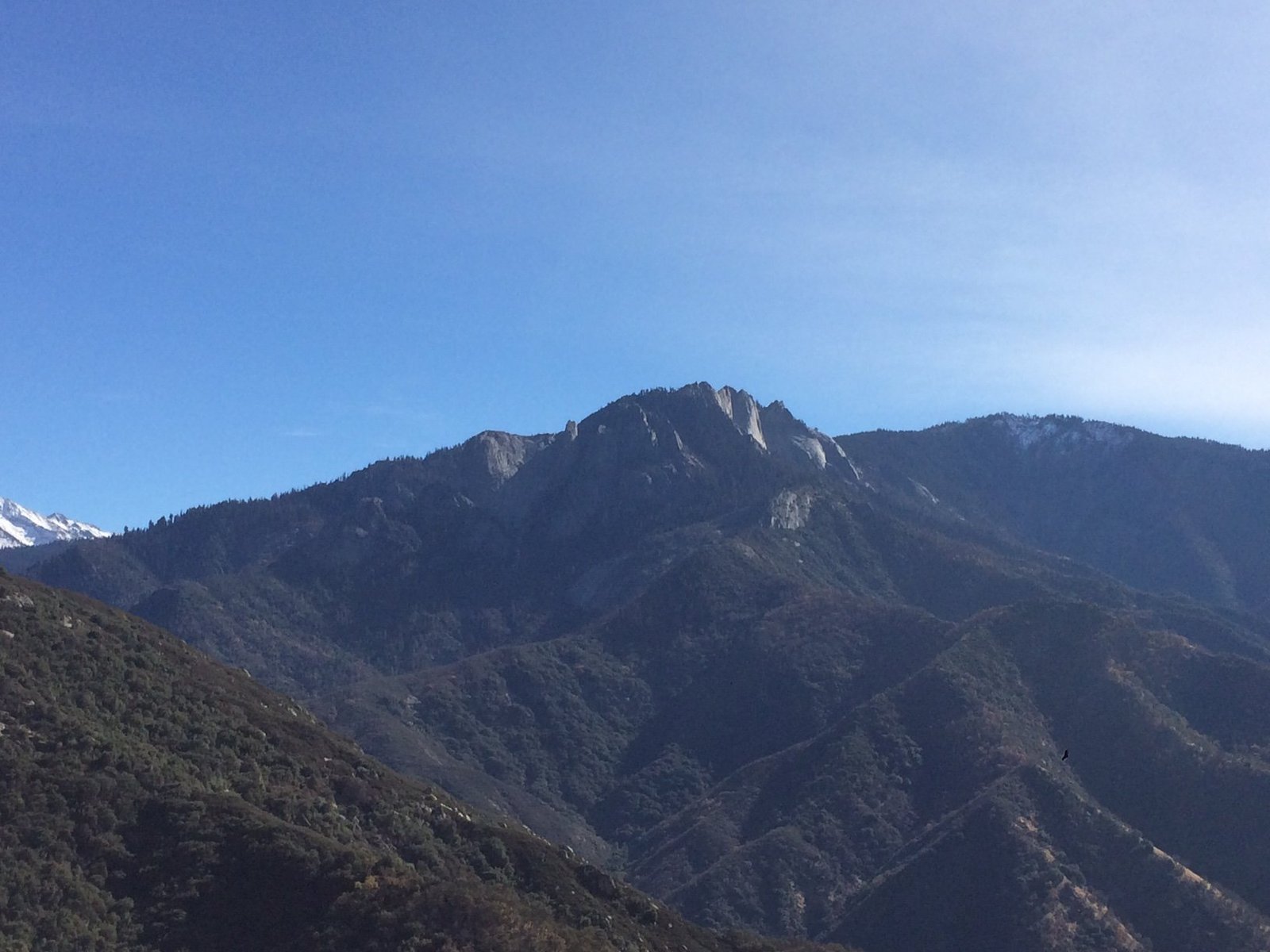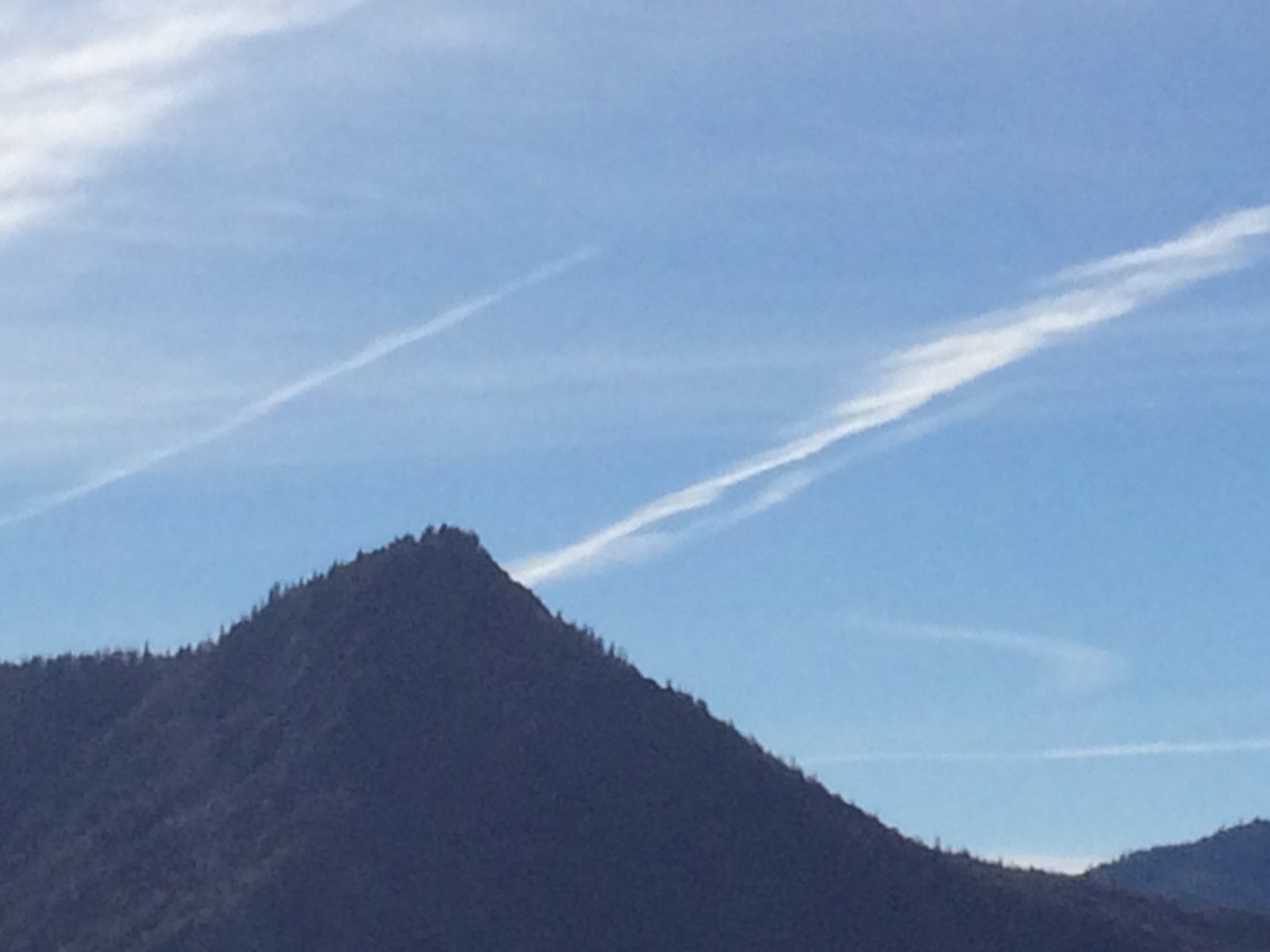In August 2017, two hikers in Sequoia National Park experienced a heart-stopping encounter with a mountain lion on the High Sierra Trail. Brian McKinney and Sam Vonderheide captured the incident on video, showing the predator perched just 15 feet away. The hikers remained calm, slowly backing away without provoking the animal. This rare and terrifying encounter highlights the importance of wildlife safety awareness in national parks.
What Happened During the Sequoia National Park Mountain Lion Encounter?

The encounter between hikers and a mountain lion in Sequoia National Park unfolded as follows:
- Date: August 2017
- Location: High Sierra Trail, Sequoia National Park
- Hikers: Brian McKinney and Sam Vonderheide
- Distance: Mountain lion was approximately 15 feet away
- Duration: Several tense minutes
The hikers were backpacking when they suddenly came face-to-face with the mountain lion. They immediately stopped and began recording the encounter. The video shows the mountain lion perched on a rock, intently staring at the hikers. Following safety protocols, McKinney and Vonderheide slowly backed away without turning their backs on the animal.
After the initial encounter, the mountain lion remained in the area, lying down on the trail facing the hikers. This prompted the duo to make a crucial decision: they hiked two miles back the way they came to avoid any further confrontation with the predator.
How Common Are Mountain Lion Encounters in Sequoia National Park?

Mountain lion encounters in Sequoia National Park are relatively rare, but the animals are present throughout the park’s diverse ecosystems. Here’s what you need to know:
- Presence: Mountain lions inhabit both the foothills and higher elevations of the park.
- Sightings: Despite their presence, sightings are infrequent due to the animals’ elusive nature.
- Habitat: Areas with high deer populations (the primary prey for mountain lions) may have a higher likelihood of mountain lion presence.
- Activity patterns: Mountain lions are most active during dawn, dusk, and night, increasing the chances of encounters during these times.
It’s important to note that while mountain lions are present, attacks on humans are extremely rare. Since 1890, California has recorded only 16 verified mountain lion attacks, with six fatalities. The last documented attack in the state occurred in January 2007.
What Safety Measures Should Hikers Take to Prevent Mountain Lion Encounters?
To minimize the risk of a mountain lion encounter in Sequoia National Park, hikers should follow these essential safety guidelines:
- Hike in groups: Avoid solo hiking, biking, or jogging.
- Time your activities: Plan hikes during daylight hours, avoiding dawn, dusk, and night when mountain lions are most active.
- Supervise children: Keep a close watch on small children, as they may attract mountain lions.
- Stay alert: Be aware of your surroundings and watch for signs of mountain lion presence.
- Carry deterrents: Consider bringing bear spray or other noise-making devices.
Table: Do’s and Don’ts During a Mountain Lion Encounter
| Do’s | Don’ts |
|---|---|
| Face the animal | Run away |
| Make noise | Crouch or bend over |
| Appear larger | Turn your back |
| Back away slowly | Approach the animal |
| Fight back if attacked | Play dead |
How Should Hikers Respond if They Encounter a Mountain Lion?
If you find yourself face-to-face with a mountain lion in Sequoia National Park, follow these crucial steps:
- Stay calm: Panic can trigger the predator’s instincts.
- Face the animal: Maintain eye contact and don’t turn your back.
- Make yourself appear larger: Raise your arms, open your jacket, or hold up trekking poles.
- Make noise: Speak firmly, shout, or use noise-making devices.
- Back away slowly: Give the mountain lion space to retreat.
- Prepare to fight: If attacked, fight back using any available objects.
Remember, running can trigger the mountain lion’s chase instinct, so it’s crucial to stand your ground and appear confident.
What Resources Does Sequoia National Park Provide for Hiker Safety?
Sequoia National Park offers several resources to enhance hiker safety and preparedness:
- Trail information: Well-marked and maintained trails, including detailed maps and difficulty ratings.
- Visitor centers: Provide up-to-date information on trail conditions and wildlife activity.
- Park rangers: Knowledgeable staff available to answer questions and provide guidance.
- Educational materials: Brochures and online resources about wildlife safety and park regulations.
- Emergency services: Park staff trained to respond to wildlife-related incidents.
Additionally, the park’s website offers comprehensive information on wildlife safety, including specific guidelines for mountain lion encounters.
How Has the Viral Video of the Mountain Lion Encounter Impacted Hiker Awareness?
The video captured by McKinney and Vonderheide of their mountain lion encounter in Sequoia National Park has had a significant impact on hiker awareness:
- Increased visibility: The viral nature of the video brought attention to the potential for wildlife encounters in national parks.
- Educational tool: Park rangers and wildlife experts have used the video to demonstrate proper behavior during such encounters.
- Safety discussions: The incident sparked conversations about hiker safety and preparedness among outdoor enthusiasts.
- Policy reviews: Park officials reassessed and reinforced existing wildlife management and visitor safety protocols.
- Media coverage: The story was featured in numerous news outlets, further spreading awareness about mountain lion safety.
What Are the Long-term Effects of Such Encounters on Wildlife Management in National Parks?
The documented mountain lion encounter in Sequoia National Park has influenced wildlife management strategies:
- Monitoring: Increased efforts to track and study mountain lion populations and behavior.
- Habitat protection: Enhanced focus on preserving natural habitats to reduce human-wildlife conflicts.
- Education programs: Development of more comprehensive visitor education initiatives about wildlife safety.
- Trail management: Potential adjustments to trail systems to minimize the likelihood of encounters in high-risk areas.
- Research funding: Allocation of resources for further studies on human-wildlife interactions in national parks.
These long-term effects aim to balance the preservation of wildlife with the safety of park visitors, ensuring that Sequoia National Park remains a place where humans and nature can coexist responsibly.
In conclusion, the terrifying encounter between hikers and a mountain lion in Sequoia National Park serves as a powerful reminder of the wild nature of our national parks. By following safety guidelines, staying informed, and respecting wildlife, hikers can enjoy the beauty of these natural spaces while minimizing the risk of dangerous encounters. The viral video of this incident has not only raised awareness but also contributed to ongoing efforts to improve wildlife management and visitor safety in our cherished national parks.
References:
1. KSBW: Mountain lion stares down hikers in Sequoia National Park
2. ABC7 News: Sequoia National Park hikers capture terrifying encounter with mountain lion
3. USDA Forest Service: Mountain Lions Sequoia National Forest

